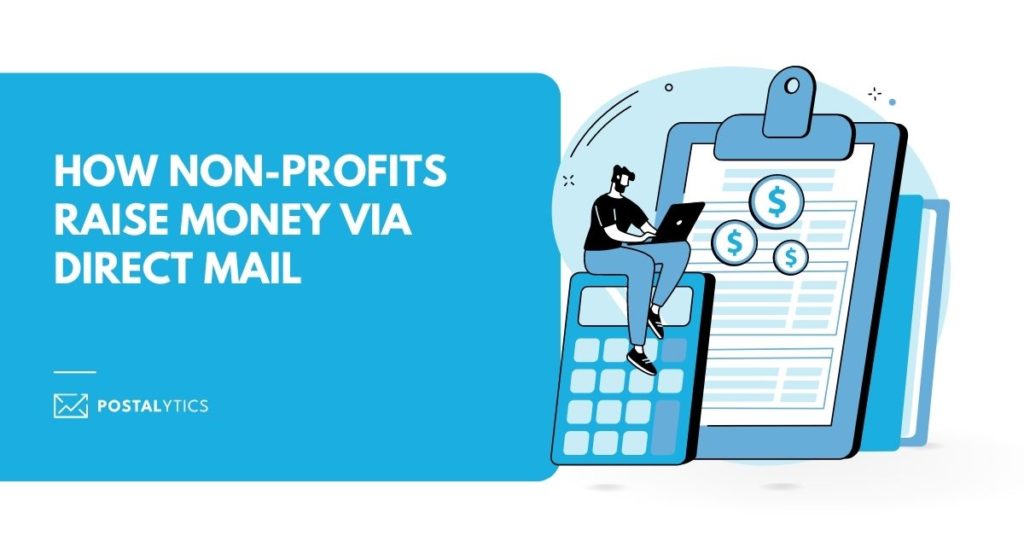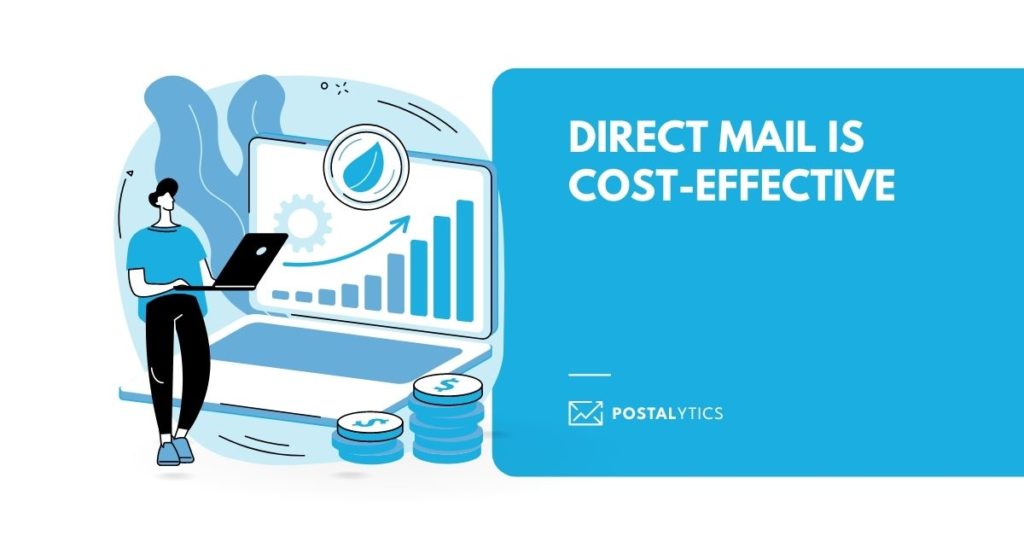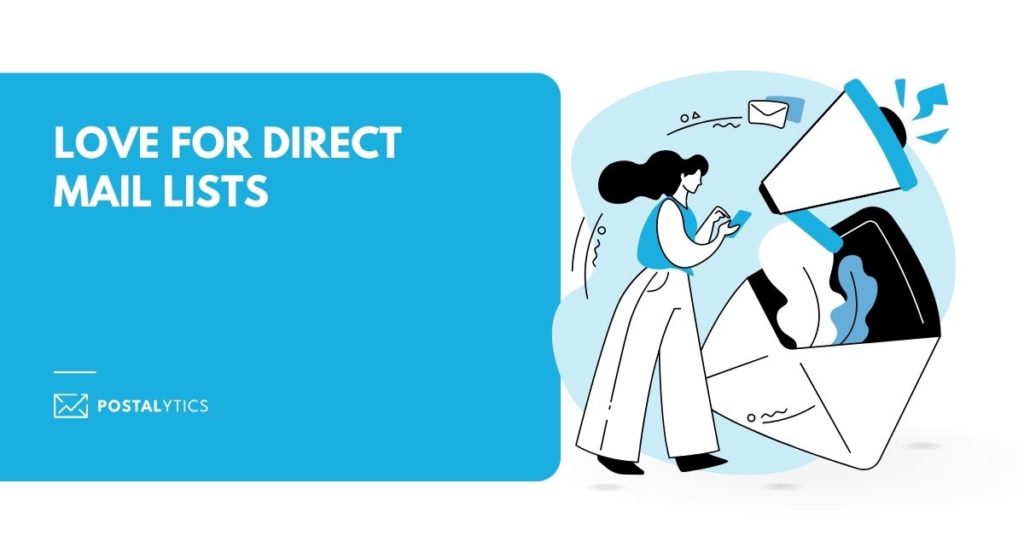
Direct mail works well for non-profit and charitable organizations because mail is an effective method of cultivating relationships that yields high response rates — and organizations raise needed funds in the process! Targeted letters and postcards are “touchpoint” tools that any marketer can employ.
The good news is that donors to non-profits actually like receiving direct mail that is personal, tangible, and memorable. Mail not only generates money for organizations but can change the way non-profits communicate with potential clients. Mail is an excellent way to improve relationships with existing clients and help to get “the word” out in a better way.
What We’ll Cover
The Stats Tell the Story
According to the U.S. Postal Service, 55% of people surveyed said they “look forward” to seeing what arrives in their mailboxes. Meanwhile, 56% stated that receiving and reading mail is a “real pleasure.” Donors also see direct mail as more trustworthy than other channels, with 56% of customers finding printed materials to be the most trustworthy type of marketing. Obviously, trust is extremely important when asking donors for contributions.
Though non-profits may face limited funds and lower budgets than their for-profit, corporate counterparts, their efforts are just as strategic. However, raising funds in the non-profit sector is a bit of a different animal, attests Jack Noonan, VP of business development at the PRINTING United Alliance trade association.
“It’s all about building long-term relationships with donors and supporters,” explains Noonan, who has some firsthand experience with the American Red Cross. In the not-for-profit world, direct marketers take a life-cycle relationship management approach “as opposed to transactional,” he says.
What that means is non-profits time their mail messaging based on prospects and donors’ intermissive cycles (think holidays and birthdays) and/or their interests. In the case of a university, for example, one prospect may have a vested interest in the school’s English Department while another donor cherishes fond memories of its rugby club.
Note: Postalytics’ recently enhanced our variable image personalization functionality. This feature is perfect for connecting donors with their areas of interest via relevant photos, illustrations, maps, or symbols.
Here’s a video overview of this new element:
It’s Cost-Effective

Besides acquiring new donors, direct mail can help to recapture old ones. Donor acquisition can be costly, even when mailing through Postalytics at non-profit postage rates. This makes retention invaluable. Direct mail for nonprofits can be a powerful retention strategy. 70% of customers have restarted a relationship because of direct mail, according to research conducted by the Association of National Advertisers. Marketing materials can remind past donors of an organization but also show how much it has grown – and how their contributions have helped the organization progress!
The key for non-profit organizations, Noonan says, is to connect donors and prospects to the organization’s mission. Direct mail can be the ideal communication medium to achieve that goal. Beyond sending postcards, many non-profits employ letter-size envelopes to hold content-rich material. They take advantage of the physical nature of the materials and include photos, charts, and online videos accessible via QR codes included in the mail pieces.
Printed materials show how the organization has been working diligently. Direct mail can drive home the message that the organization could do even better with more financial assistance. Non-profits can bond with donors through high-quality design, personalized messages, and powerful stories that demonstrate passion, express gratitude and invite confidence.
Another differing aspect is that cash is not always king in the non-profit realm. Depending on the organization, people can give in other ways, Noonan points out, such as:
- estate planning
- endowments
- foundations
- bequests (from wills)
Love for Lists

A good portion of non-profit fundraising occurs directly from or is influenced by items that potential donors receive in the mail. However effective a message may seem, it is only as good as the brand’s distribution list. Data management innovation can be a definite competitive advantage. “As we saw at the recent PRINTING United Expo in Las Vegas, savvy non-profit marketers turn to information rather than ink on paper,” Noonan adds.
Direct mail campaigns managed with Postalytics’ simple interfaces and workflows “can ensure that the right message gets to the right person at the right time,” he believes. “It is critical to filter and refine lists based on past campaign results.”
Note: Direct mail is also effective at prompting donations that occur online. Postalytics makes it easy for non-profits to provide a URL “giving” link and/or QR code in print. Connecting the print channel with the organization’s online resources can lead to website clicks, trackability, and more calls to action!
About the Author

Dennis Kelly
Dennis Kelly is CEO and co-founder of Postalytics. Dennis joined Boingnet, the predecessor to Postalytics, in 2013. Boingnet was focused on providing print and direct mail marketing service providers the ability to add digital marketing channels to their direct mail campaigns. Postalytics is Dennis’ 6th startup. He has been involved in starting and growing early-stage technology ventures for over 30 years and has held senior management roles at a diverse set of large technology firms including Computer Associates, Palm Inc. and Achieve Healthcare Information Systems.
